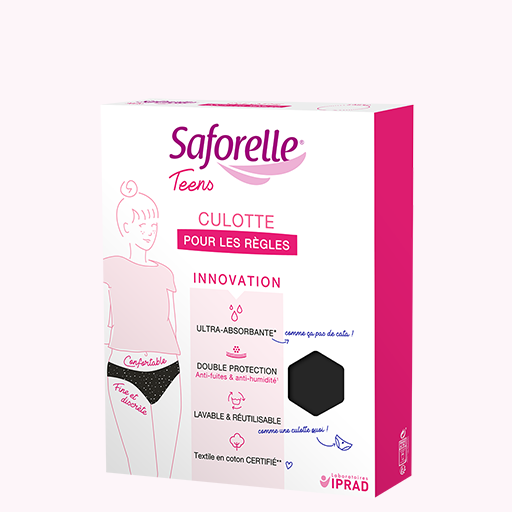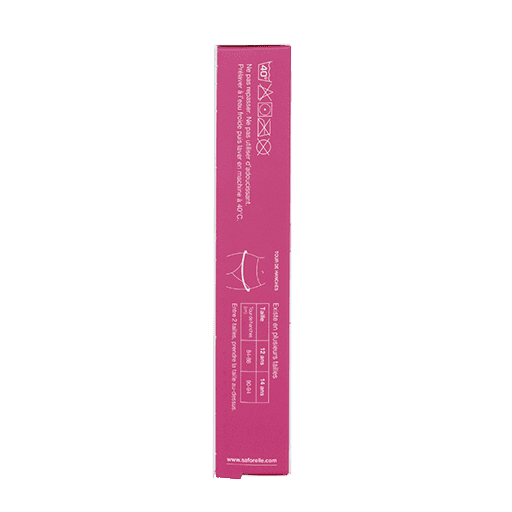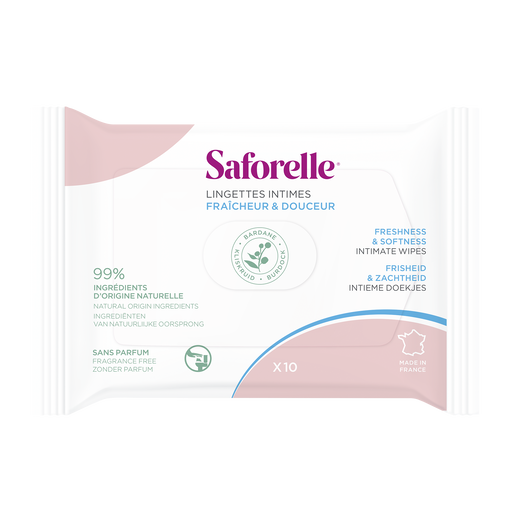Your first period

For girls, puberty comes with a whole series of physical changes, the most noticeable of which is undoubtedly their first period. While girls require a specific personal hygiene routine, it should remain gentle and protective of this part of the body.
Puberty: a time of major hormonal upheaval
When a girl goes through puberty, the secretion of oestrogen and progesterone causes breasts to develop, hair to appear under the arms and on the pubis, and the first period.
White vaginal discharge is also common, in varying quantities. These changes will feel much easier if they are explained to the girl in advance.
The onset of periods during puberty in girls
On average, menstruation begins at the age of 13, but some girls first begin to bleed from the age of 10, while for others this may start at age 15 or 16.
Which hygienic protection should you use?
Hygienic protection should be chosen according to certain comfort criteria. Sanitary towels are safe, comfortable and gentle on the intimate area. Those made from organic cotton and free from super absorbent synthetic materials are ideal for the first times.
For those who feel comfortable with them, tampons are especially practical during exercise. “Mini” tampons and with applicators are easier to insert and are generally recommended.
There is also a new product: period panties for a worry-free period. Saforelle Ultra-Absorbent Panties combine safety, efficacy and freedom with comfort.
Whatever option you choose, it is important to practise thorough hygiene when using them.
What intimate hygiene routine should you follow during your period for good personal hygiene?
During puberty, some girls may feel uncomfortable with their personal hygiene routine, or they may wish to wash themselves more than usual.
However, they should follow the same personal hygiene rules as before: regular but not overly frequent (once to twice per day, to avoid unbalancing the vulvovaginal flora), using gentle products that protect the physiological pH of the vulvar and vaginal microbiota.






